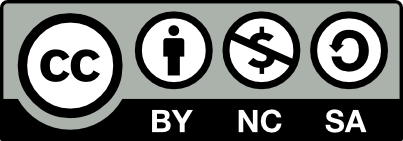Explorando nuevos caminos de regionalización e integración en América Latina y El Caribe
Abstract
The current international system affords opportunities to Latin America and the Caribbean, a grouping of 33 countries with unequal growth that represents a collective and diverse reality. Incomplete integration experiences and a network of intra-regional agreements are evidence that the current reality goes beyond “open regionalism” and is heading towards a new kind of regionalism that emerges from the convergence
of the current mechanisms. In this context, a Latin America-Caribbean Integration System (Sistema de Integración Latinoamericano y del Caribe, SILAC) is being promoted as a guiding mechanism for a flexible integration process with various speeds, tending toward the end goal of creating a free trade zone in the Region born from the convergence of existing (bilateral, sub-regional, and regional) models; a joint, independent voice in international forums; coordination of public policy; spaces for regional and “South-South” cooperation in education, science and other areas, and improved competitiveness. Doubtlessly, deepening this integrating tendency will require political will from the countries in the region, but there are already signs pointing in that direction.
Downloads
Downloads
Additional Files
Published
How to Cite
Issue
Section
License
Aquellos autores/as que tengan publicaciones con esta revista, aceptan los términos siguientes:
- Los autores/as conservarán sus derechos de autor y garantizarán a la revista el derecho de primera publicación de su obra. A partir de noviembre del 2020 los artículos se publicarán en la revista bajo una licencia Creative Commons Atribución- NoComercial-CompartirIgual 4.0 Internacional (CC BY-NC-SA 4.0). Acorde a estos términos, el material se puede compartir (copiar y redistribuir en cualquier medio o formato) y adaptar (remezclar, transformar y crear a partir del material otra obra), siempre que a) se cite la autoría y la fuente original de su publicación (revista y URL de la obra), b) no se use para fines comerciales y c) se mantengan los mismos términos de la licencia.
Previo a esta fecha los artículos se publicaron en la revista bajo una Licencia de reconocimiento de Creative Commons (BY-SA 2.5). - Los autores/as podrán adoptar otros acuerdos de licencia no exclusiva de distribución de la versión de la obra publicada (p. ej.: depositarla en un archivo telemático institucional o publicarla en un volumen monográfico) siempre que se indique la publicación inicial en esta revista.
- Se permite y recomienda a los autores/as difundir su obra a través de Internet (p. ej.: en archivos telemáticos institucionales o en su página web) antes y durante el proceso de envío, lo cual puede producir intercambios interesantes y aumentar las citas de la obra publicada. (Véase El efecto del acceso abierto).

























